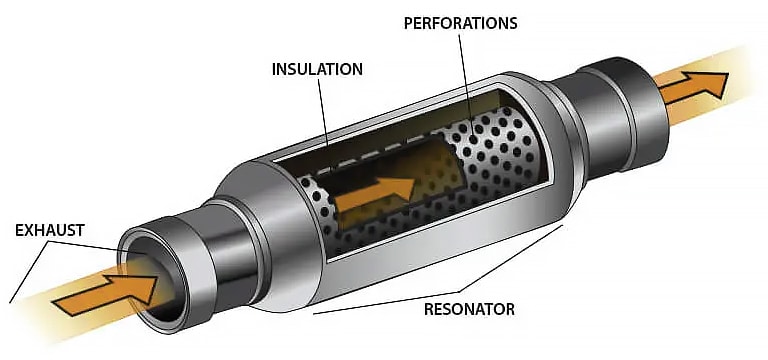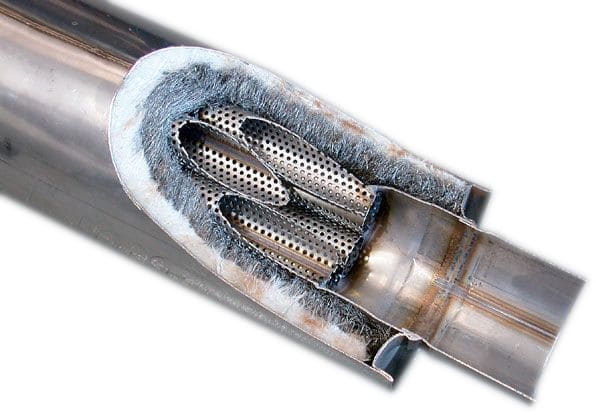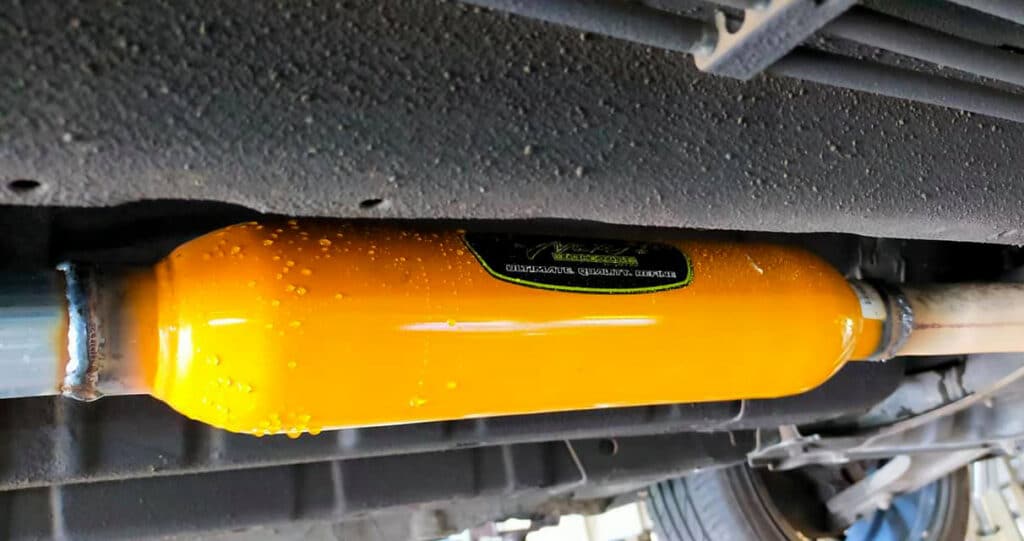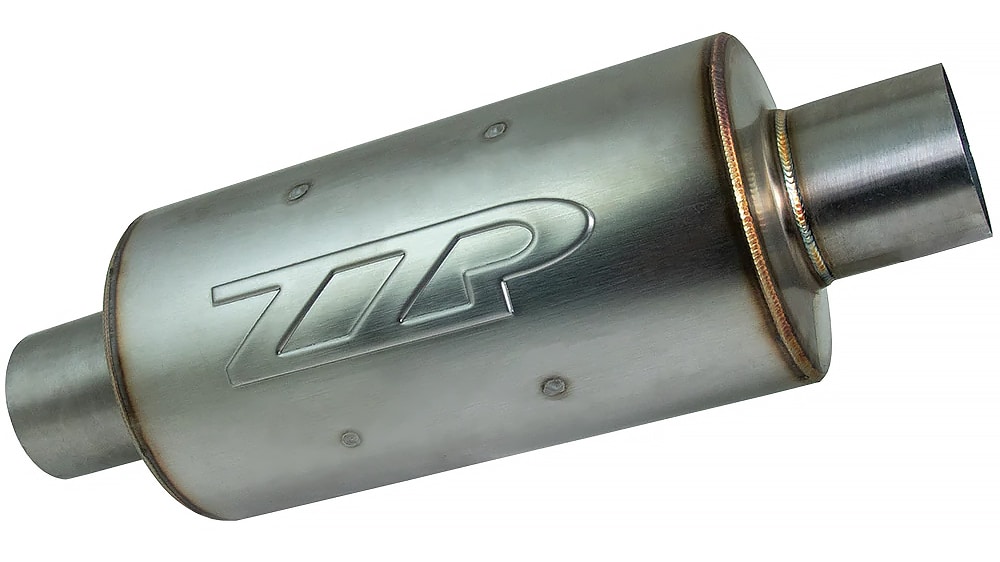The automotive exhaust system is sensitive to even the slightest changes in shape, size, and volume.
Needless to say, when you modify or remove components such as the resonator, it’s going to change the airflow and scavenging characteristics of your exhaust system and also the sound.
That’s why deleting the resonator is such a popular modification among enthusiasts. It makes the car sound better — which is subjective — and it makes the exhaust less restrictive.
To know exactly what’s going to happen when you remove or replace this component, you need to understand what the resonator does and what its purpose is. That’s exactly what we’ll discuss in this article.
What Does an Exhaust Resonator Do?
There’s a lot to learn about your resonator; it’s not just a random pipe that funnels exhaust fumes and noise downstream.

The resonator’s sole purpose is to alter and fine-tune the sound created by your engine’s combustion process before it reaches your muffler.
Because of this, the muffler can successfully do its job of silencing the exhaust noise. That’s why the resonator is also called a pre-muffler.
Generally, the resonator is meant to reduce exhaust drone, and it does a great job at it. Together with the muffler, the end result is quite astonishing if you do a before and after comparison.
Not all cars have resonators though. It really depends on the engine layout and the overall design of the exhaust system. Don’t be surprised to visit a muffler shop for a resonator delete, only to find out that your car didn’t have one, to begin with.
How It Works

Resonators are located between the catalytic converter and the muffler. The way they work depends on the design, but primarily, it has to do with something called destructive interference.
This is the same technology used in noise-canceling headphones. You can learn more about this in our resonator vs muffler guide.
Regardless of the design, all resonators utilize some form of sound dampening material and perforated tubes which have carefully chosen lengths and diameters.
This combination is what impacts the way the sound frequencies within the resonator bounce off the outer walls and interact with one other, effectively canceling each other out.
Types of Resonators
Exhaust resonators come in different shapes and sizes. Each type does things a bit differently but essentially achieves the same outcome.
Let’s explore the primary types of resonators that you’ll commonly find on most vehicles these days.
Glasspack

They’re essentially straight, perforated pipes that are housed within a larger steel casing. Sandwiched between this housing and the perforated pipe is sound suppression material, usually fiberglass.
The sound gets converted to heat energy when it is absorbed by fiberglass or similar material. In the aftermarket community, you might hear these types of resonators called Cherry Bombs or glass packs.
The straight design and absorption of sound, rather than having the sound waves bounce around a chamber, allows for a less restrictive design that creates less backpressure compared to expansion chambers.
Helmholz

Helmholz resonators are welded directly onto aftermarket catback exhaust mufflers. But some manufacturers do sell them as separate units that you can integrate into your exhaust system.
These resonators typically have a cavity that collects air as it is pulled in and pushed out.
This results in a difference in air pressure in the exhaust stream towards the tail end which helps to reduce the annoying drone you might hear at specific points in the rev range.
Aftermarket Resonator
If the idea of replacing your resonator appeals to you, but you don’t want to deal with exhaust drone or increase your emissions, then aftermarket resonators are the right solution for you.

You want one that fits the vehicle you have, obviously. Be sure that the size (length and diameter) of the new resonator is going to fit with the rest of your exhaust system.
Also think about your goal; is it changing the overall sound, or simply reducing drone? You want to select a resonator that will help accomplish that.
For example, if you like the sound of your exhaust but hate the drone at 3,500 rpm, it makes sense to find a Helmholtz-type resonator that will deaden the noise at that particular engine speed and frequency.
On the other hand, if you just want a better tone in general, you want to find a resonator that will complement your muffler in the way you want.
Looking up reviews and videos of others who have tried the resonator on your specific vehicle is the best way to get an idea of which one is best for you.
Concluding Summary
Exhaust mods can be a real hit or miss. They mostly just change the way your car sounds and that’s pretty much it. The money you’ll spend on some of these mods might not seem worth it if power gains are what you’re after.
Try a bunch of different components, turn it into a project, and eventually, you’ll find something that works for you.
Have you ever gone ahead with a resonator delete? Let us know how it worked out for you by leaving a comment below!

